Metamorphic rocks boast a fascinating array of minerals shaped by geological processes deep within the Earth’s crust. These rocks have undergone significant changes in their texture, composition, and chemical properties over time, giving rise to an impressive variety of minerals. In this article, we will explore some of the most prevalent minerals found in metamorphic rocks, shedding light on their unique properties and applications. 1. Quartz: Quartz, one of the most abundant minerals on Earth, can be found in a wide range of metamorphic rocks. Known for its hardness and ability to withstand extreme temperatures and pressures, quartz plays a crucial role in a myriad of industries. Its resistance to chemical weathering makes it an ideal component for construction materials, electronics, and optical devices.
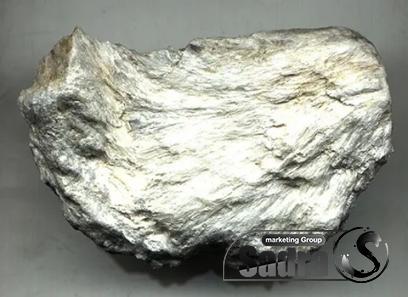
.
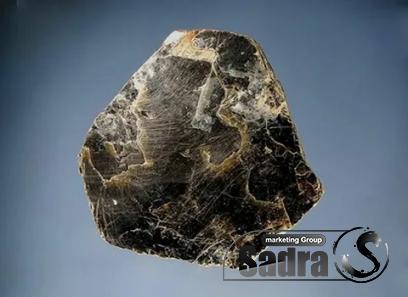 2. Feldspar: Feldspar is another common mineral found in metamorphic rocks. This group of minerals includes plagioclase and potassium feldspar, with the former being more prevalent in metamorphic rocks. Feldspar’s unique properties, such as its hardness and heat resistance, make it invaluable in the ceramics and glass industries. Thus, it finds applications in everything from porcelain tiles to delicate glassware. 3. Mica: Mica is a mineral that occurs as thin, sheet-like crystals in metamorphic rocks. It is named after its characteristic ability to split easily into thin, transparent layers. The presence of mica gives metamorphic rocks their distinct shimmering appearance. Due to its exceptional electrical and thermal insulation properties, mica is extensively used in electrical appliances, lubricants, and even cosmetics.
2. Feldspar: Feldspar is another common mineral found in metamorphic rocks. This group of minerals includes plagioclase and potassium feldspar, with the former being more prevalent in metamorphic rocks. Feldspar’s unique properties, such as its hardness and heat resistance, make it invaluable in the ceramics and glass industries. Thus, it finds applications in everything from porcelain tiles to delicate glassware. 3. Mica: Mica is a mineral that occurs as thin, sheet-like crystals in metamorphic rocks. It is named after its characteristic ability to split easily into thin, transparent layers. The presence of mica gives metamorphic rocks their distinct shimmering appearance. Due to its exceptional electrical and thermal insulation properties, mica is extensively used in electrical appliances, lubricants, and even cosmetics.
..
 4. Garnet: Garnet is a group of minerals that form deep within the Earth’s crust under high-pressure conditions. These minerals exhibit a varying range of colors, including red, green, and black. Garnets are highly resistant to weathering, making them sought after in jewelry making. Additionally, they find applications in waterjet cutting, sandpaper manufacturing, and filtration systems due to their hardness and durability. 5. Amphibole: Amphibole minerals, such as hornblende and actinolite, are commonly found in metamorphic rocks that have experienced intense heat and pressure. These elongated, dark-colored crystals add significant strength and stability to the rock matrix. Amphiboles have numerous industrial uses, including their incorporation into cement production, insulation materials, and even as gemstones in jewelry.
4. Garnet: Garnet is a group of minerals that form deep within the Earth’s crust under high-pressure conditions. These minerals exhibit a varying range of colors, including red, green, and black. Garnets are highly resistant to weathering, making them sought after in jewelry making. Additionally, they find applications in waterjet cutting, sandpaper manufacturing, and filtration systems due to their hardness and durability. 5. Amphibole: Amphibole minerals, such as hornblende and actinolite, are commonly found in metamorphic rocks that have experienced intense heat and pressure. These elongated, dark-colored crystals add significant strength and stability to the rock matrix. Amphiboles have numerous industrial uses, including their incorporation into cement production, insulation materials, and even as gemstones in jewelry.
…
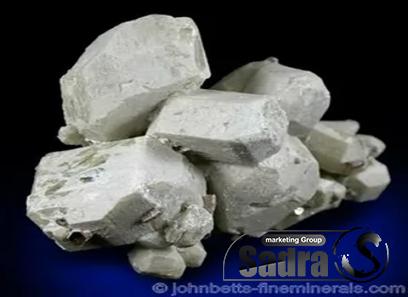 6. Chlorite: Chlorite is a green mineral commonly found in low- to medium-grade metamorphic rocks. Its distinctive color arises from its high content of iron and magnesium. Chlorite has desirable physical properties, which make it suitable for use in soil remediation, pottery, and as a supplement in fertilizers. It often occurs as a alteration mineral, indicating changes in the rock’s composition during metamorphism. Conclusion: Metamorphic rocks offer a treasure trove of minerals that have undergone extensive transformations due to geologic forces. The minerals discussed in this article – quartz, feldspar, mica, garnet, amphibole, and chlorite – reveal not only the diversity of metamorphic rocks but also their essential applications in various industries. Deepening our understanding of these common minerals paves the way for an appreciation of the Earth’s dynamic processes and the invaluable resources they provide.
6. Chlorite: Chlorite is a green mineral commonly found in low- to medium-grade metamorphic rocks. Its distinctive color arises from its high content of iron and magnesium. Chlorite has desirable physical properties, which make it suitable for use in soil remediation, pottery, and as a supplement in fertilizers. It often occurs as a alteration mineral, indicating changes in the rock’s composition during metamorphism. Conclusion: Metamorphic rocks offer a treasure trove of minerals that have undergone extensive transformations due to geologic forces. The minerals discussed in this article – quartz, feldspar, mica, garnet, amphibole, and chlorite – reveal not only the diversity of metamorphic rocks but also their essential applications in various industries. Deepening our understanding of these common minerals paves the way for an appreciation of the Earth’s dynamic processes and the invaluable resources they provide.
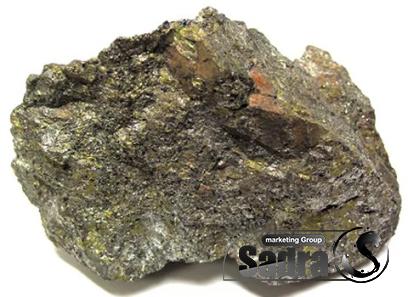
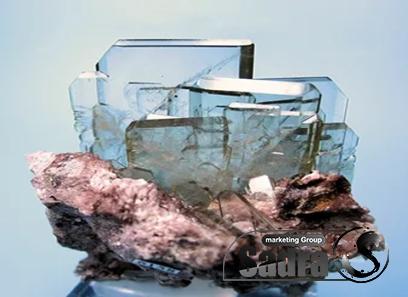
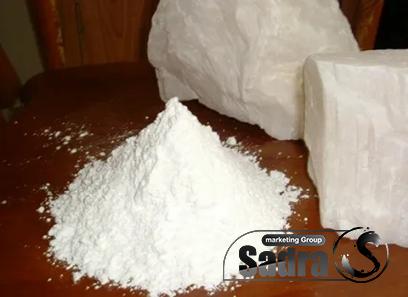
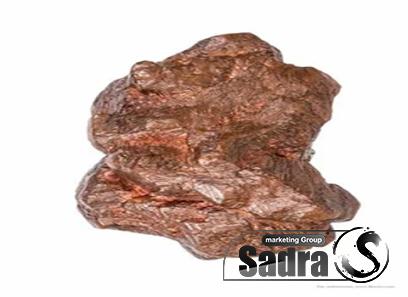
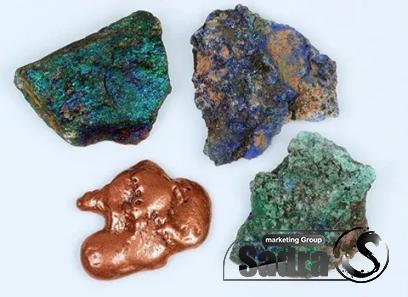
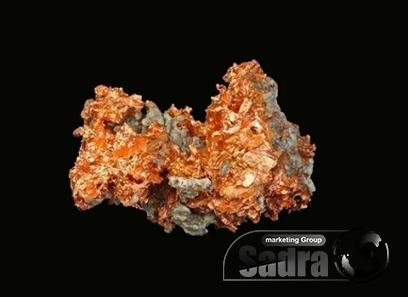
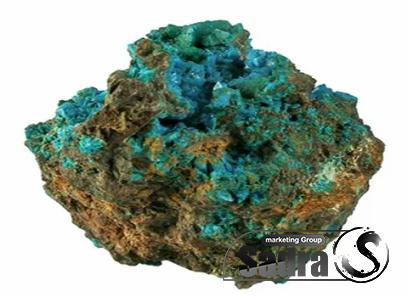
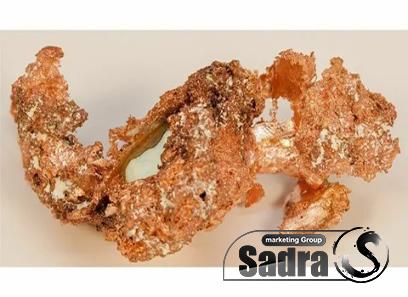
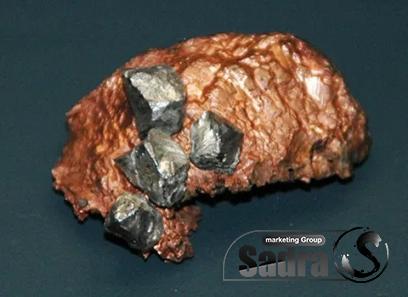
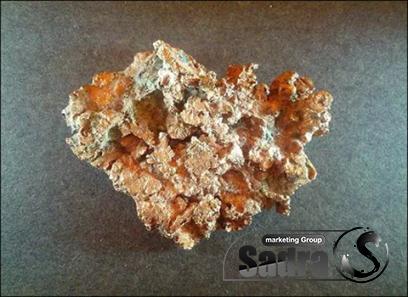
Your comment submitted.